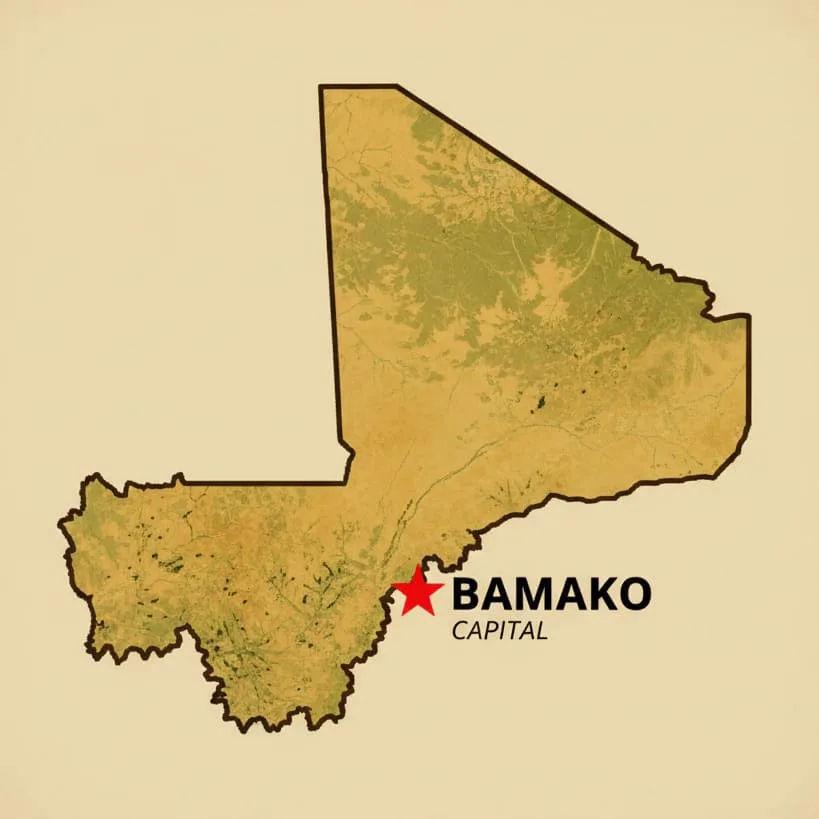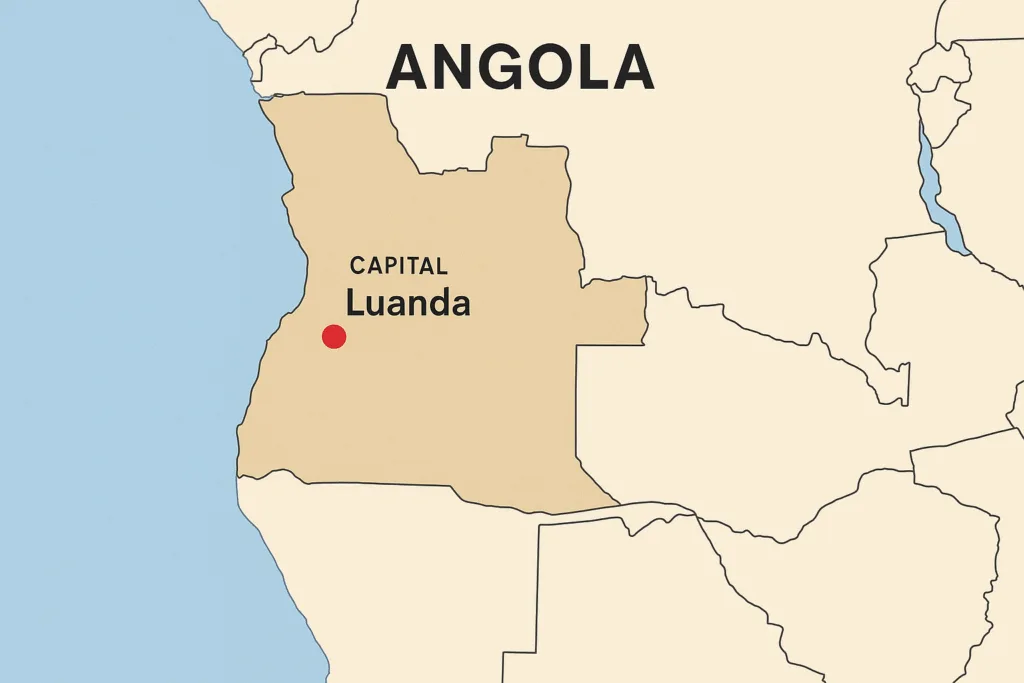🇲🇱 Mali
Capital: Bamako

Bamako – The vibrant heart of Mali
Bamako, often referred to as the “City of Cultur” is a bustling metropolis and the cultural hub of Mali. With a rich tapestry of history, this city has been a crossroad of trade and culture since ancient times, bringing together diverse ethnic groups and fostering a unique blend of traditions and modern influences.
📜 Timeline of Bamako
11th Century: Establishment of a Mali settlement near the Niger River.1890: Bamako becomes a significant French administrative center.
1960: Mali gains independence from France, solidifying Bamako’s role as the capital.
Today: Bamako is a vibrant city known for its music, art, and bustling markets, reflecting the country’s rich culture.
📊 Quick Stats
Founded
11th Century
Language
French (official), Bambara (widely spoken)
Currency
West African CFA franc
Geography
Located in West Africa, along the Niger River
Time Zone
GMT
Calling Code
+223
Driving Side
Right-hand traffic
🏛️ Iconic Landmarks
National Museum of Mali
A treasure trove of Malian art and history featuring artifacts from the rich past of Mali.
Great Mosque of Bamako
An impressive architectural feat that serves as a center for Islamic worship and community events.
Bamako Cathedral
A striking example of modern church architecture in Mali, vibrant with community life.
With its rich history, vibrant culture, and unique blend of traditions, Bamako is not just the capital of Mali; it is a living testament to the resilience and creativity of its people, making it a must-visit destination for those seeking to explore the heart of West Africa.

